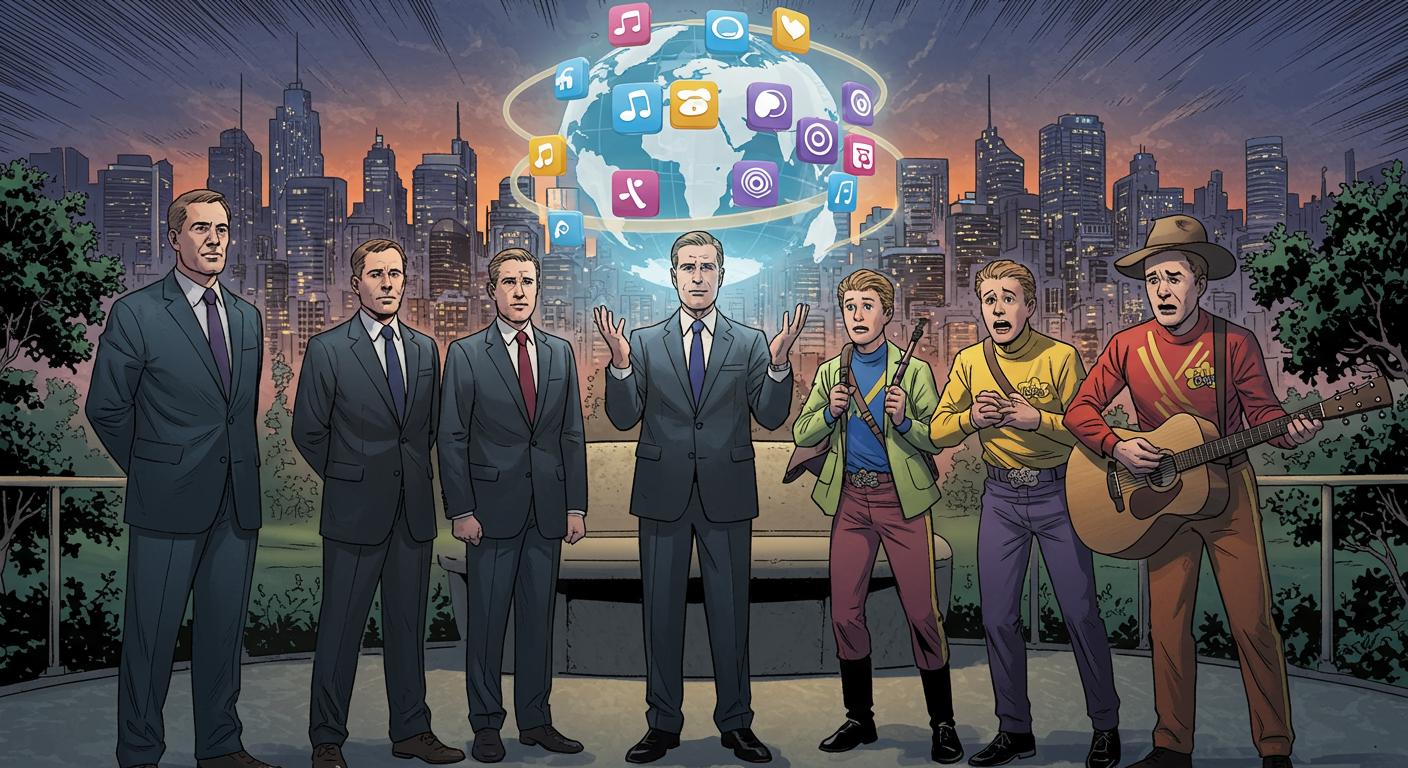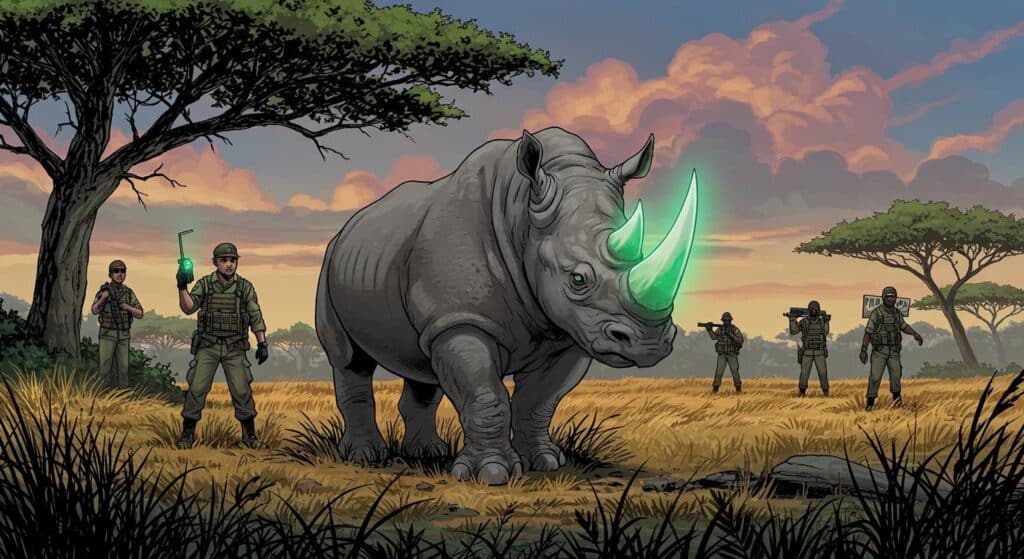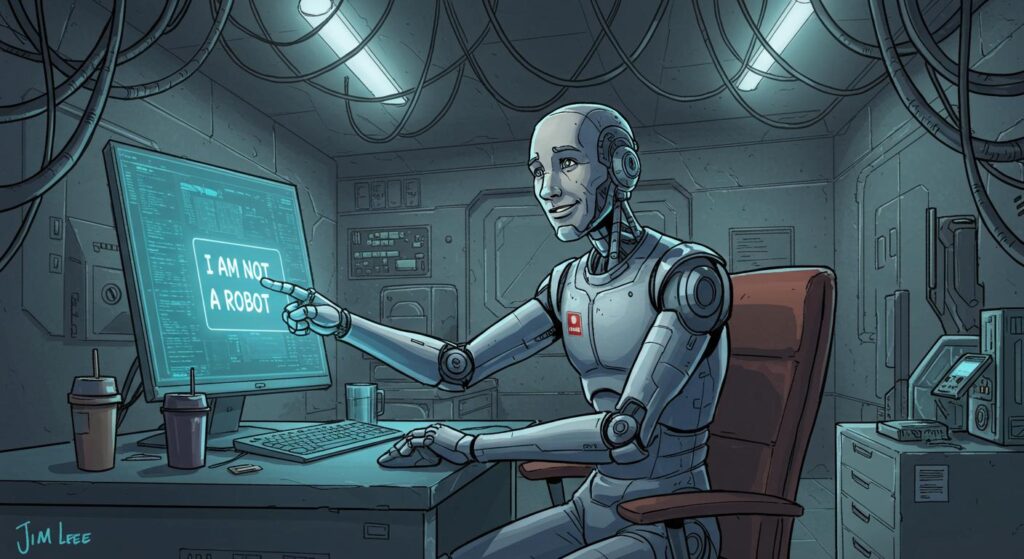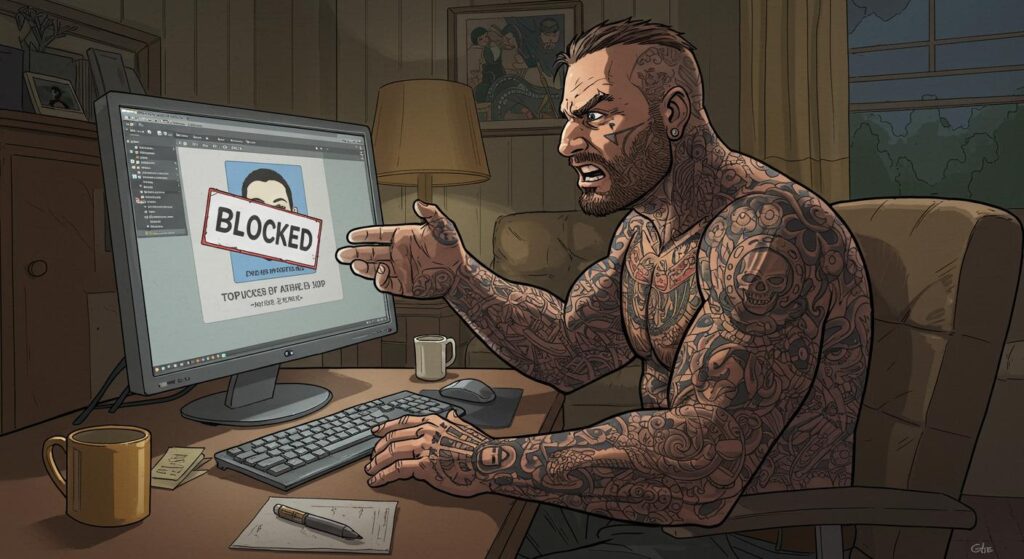In a headline that feels vaguely like an online trivia question—if not a Wiggles dance number—Australia’s sweeping new ban on social media access for under-16s now features an unlikely cameo: The Wiggles. More precisely, as The Age detailed in its recent political coverage, it was Wiggles management pressing the government to keep YouTube off the list. Yet, a closer read clarifies that it was “the black skivvies, Wiggles Inc, Wiggles management,” not the Wiggles themselves, lobbying in Canberra’s corridors. In 2025, even Australian media law gets an unexpected side of fruit salad.
Red Skivvies at the Negotiation Table
Communications Minister Anika Wells, quoted in The Age, wanted everyone to know there was no personal involvement of the on-stage dancing troupe—just the business brass behind the scenes. That didn’t stop Prime Minister Anthony Albanese from descending briefly into deeply Australian phrasing, assuring the public his government is “pro-Wiggle.” For those keeping score, the official government stance is “supportive of the Wiggles,” even as their management’s plea was largely dismissed.
As mapped out by The Age, the law now covers platforms including Instagram, Facebook, TikTok, X, Snapchat, and notably, YouTube’s main site. YouTube Kids, however, emerged unscathed: the platform will remain available since, with its restricted uploads and comment lockdown, it meets the law’s child-protection criteria. Earlier in the outlet’s analysis, it’s explained that tech platforms will be required to make “reasonable steps” to bar under-16s from their standard services—a goal set to take effect December 10. Violation? Potential fines closing in on $50 million.
An Internationally Televised Debate
Australia’s push isn’t stopping at home. The Age describes plans for a September event in New York, led by Albanese and advocacy groups like 36 Months and Let Them Be Kids, designed to catch the ear of world leaders—especially as the U.S. Trump administration remains outwardly critical of digital content moderation and any hint of “government censorship.” According to the article, Trump’s January executive order sharply criticized platform efforts to fact-check or moderate content, setting the stage for a cross-continental split in approaches.
Albanese appeared unconcerned by Trump’s affinity for “tech giants” or lack of direct discussion on the ban, reiterating for reporters that, in his words, “this is not an ideological issue, this is an issue about looking after young people.” The media bargaining code—Australia’s earlier digital showdown—was mentioned as coming up in U.S. discussions, but this particular social media law, according to Albanese via The Age, had “not been raised by them.”
Harmful Content and the End of the Carve-Out
Scrutiny around YouTube wasn’t always the plan. As cited by The Age, YouTube originally secured an exemption, thanks to a previous assessment highlighting “significant educational purposes.” That changed in June, when eSafety Commissioner Julie Inman-Grant advised Wells—based on research showing four in ten young teens had been exposed to harmful content there—that such a carve-out couldn’t be justified. The government soon adopted that advice, with Wells stating in a formal response that children deserved “a reprieve from the persuasive and pervasive pull of social media.” Earlier in the report, this shift was framed as an effort to let kids “know who they are before platforms assume who they are.”
For now, only platforms offering extreme restrictions—like YouTube Kids, where uploading or commenting is off the table—can dodge the law’s net. As noted in The Age, the door remains open for other major companies to roll out their own ‘sandboxed’ services, presumably with an eye toward similar exemptions.
A Final Chorus for Pro-Wiggle Policy
So here we are: Australia prepares for a social media restriction that may nudge global precedent, as officials spar with tech titans and a children’s music juggernaut gets unwillingly drawn into the fray. The Age’s reporting delivers a picture of shifting boundaries and priorities—balancing public health research, legal threats from global companies, and the reality that any new rule will likely graze unexpected corners of pop culture. You almost have to admire a society where children’s entertainers are name-checked by the prime minister during a conversation about human rights and platform accountability.
It does leave you wondering what future “reasonable steps” regulators might dream up if the Big Red Car sets its sights on the Metaverse. Is modern lawmaking a Wiggles song in reverse—familiar, hopeful, and just a bit surreal? Or are we merely seeing the world’s first case study in platform policy tested against the Fruit Salad Standard?







